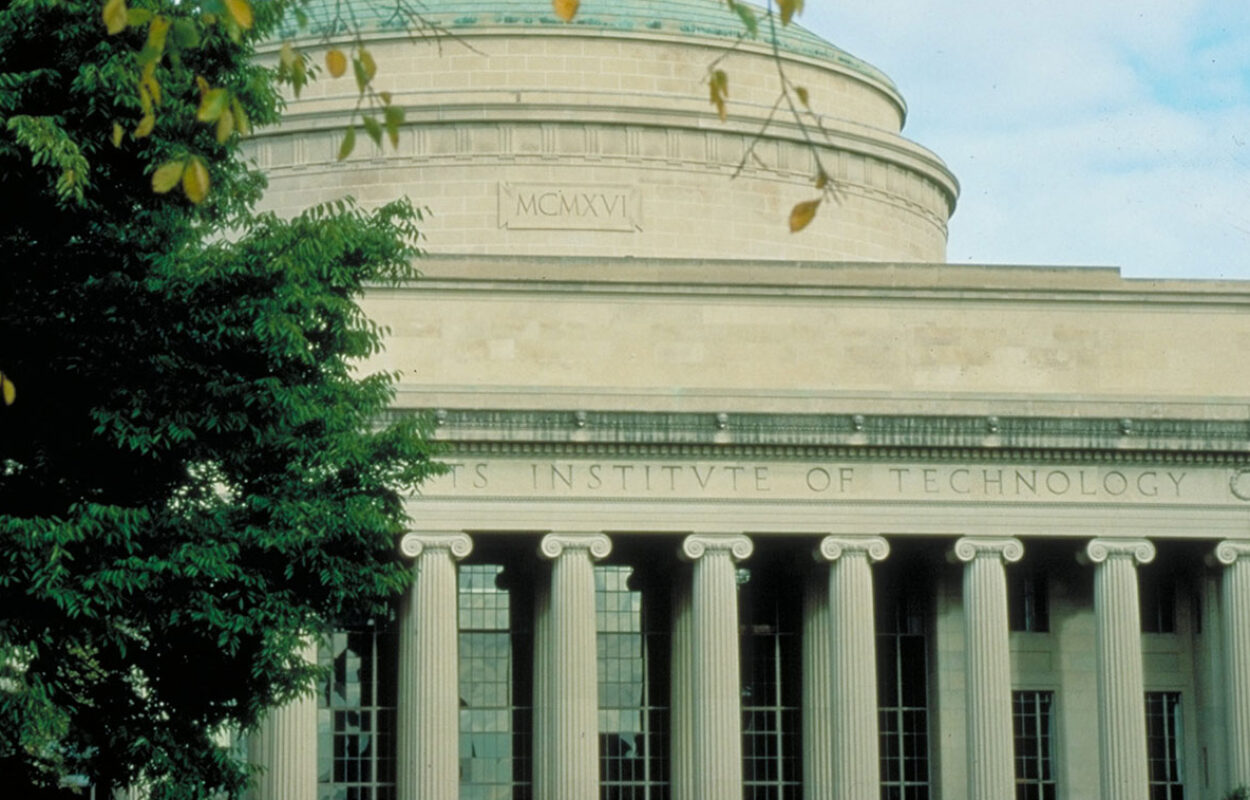Destruction
Destroying records at the end of their retention period reduces the cost of storage, improves efficiency, demonstrates compliance with MIT policies and retention laws and regulations, and minimizes the Institute’s exposure to risks associated with over-retention – including data breaches.
- Medium and high risk information must be securely deleted or shredded, not thrown away or recycled.
- Use the recycling bin only to dispose of records intended for open distribution at the time of their creation, such as publications.
- Consider creating a spreadsheet or using a destruction documentation form to document the types of records you destroyed, their date range, and the destruction date.
- Keeping a detailed record of what you destroy provides evidence of consistent records management in the event of an audit or investigation.
- Do not destroy records that are currently part of – or that you are aware are going to be part of – any legal action or proceeding, litigation, audit, investigation, or review.
- Any documents – including email – covered by a preservation request must remain accessible until further notice from the Office of the General Counsel.
Digital destruction
See IS&T’s resource Removing Sensitive Data.
Physical destruction (paper and media)
- For regular shredding – or one-time shredding of large volumes of paper and media – we strongly recommend using a MIT Preferred Supplier: Shred-it or VitalShred. For more information, see IS&T’s resource: How do I shred sensitive data files?
- For occasional shredding of small volumes of paper, an IS&T-approved cross-cut shredder may be sufficient.
- For destruction of hard drives and media – MIT Preferred Suppliers are Shred-it, VitalShred, and DataShredder. See Supplier Search for contact information.
Destruction of records stored at Iron Mountain
If your office stores non-permanent records offsite, contact us at rmprogram@mit.edu to generate a list of boxes that have reached their destruction dates. The Records Management Program will work with your Records Management Liaison to approve and facilitate shredding.
